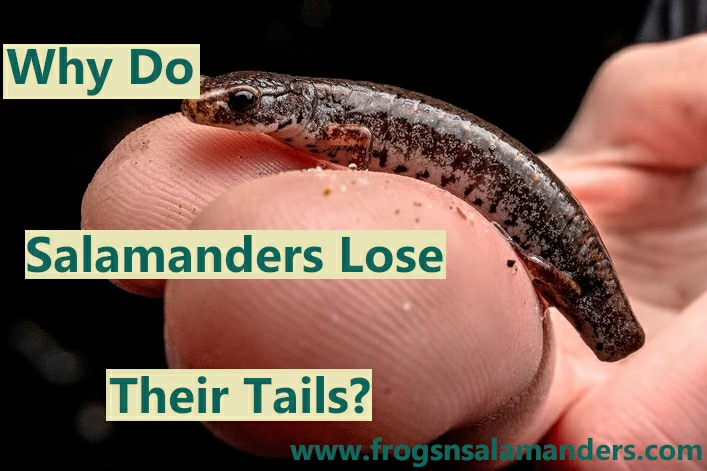How Long Can Salamanders Stay Underwater? [4 Factors]
We all know that salamanders love to spend a lot of their time in or around streams, ponds, or other water bodies. During the breeding season, it is common to see hundreds of salamanders migrating to ponds where they can swim freely and lay their eggs. But how long can salamanders stay underwater? Salamander larvae … Read more










